Mitsubishi Tensei CK Pro White
The Mitsubishi Chemical Tensei CK Pro White has made a splash on Tour landing in the bags of players like Rory McIlroy. This low-launch, low-spin shaft boasts a multi-material design that uses “more performance-oriented materials” than the team at MCA Golf has ever used. Eleven of those performance-oriented materials to be exact. But is it a good fit for you? Let’s take a look!
The Looks
The Mitsubishi Chemical Tensei CK Pro White just has a slick look to it. The butt end of the shaft features the multi material construction, displaying the weave of Carbon Fiber and DuPont Kevlar materials. Thus the CK Pro naming convention (Carbon/Kevlar), which gives it a carbon fiber appearance. After the “Multi-Material” construction band, it transitions into a more light grey/black stripe pattern. Lastly, the pattern flows into a solid black finish at the tip. The mix of the different dark patterns, juxtaposed (yeah, I’m artsy) to the white and silver lettering on the shaft itself make for a sweet looking shaft. At the end of the day, a shaft’s graphics don’t usually help performance, but hey, the Tensei CK Pro White is going to look pretty sick in your driver.
How Does it Feel?
Look, most Low/Low shafts feel like a telephone pole, but I have to say, the Mitsubishi Chemical Tensei CK Pro White has the best feel of any shaft I’ve hit in this category. It’s not boardy at all. You can really feel the club loading in the back swing, then exploding on the ball at impact. It was definitely a huge, pleasant surprise for a shaft that’s advertised as this “stout.” According to Mistubishi, this enhanced feel is coming from that Multi-Material construction in the butt end.
Don’t get me wrong, the shaft is still very stiff, as designed for stronger swingers. If you have a slow swing speed with a slower transition, you probably won’t experience the same feeling that I did. My point is that compared to typical shafts within this low/low category, the Mitsubishi Tensei CK Pro White has a lot more life in it. The CK Pro White feels extremely stable. Even with that “loading” feel of the shaft, when I went after one, I still always felt in control. The stability comes from the Carbon fiber/Dupont Kevlar construction in the butt, and a boron-reinforced tip to bring that torque down. In English: stronger materials keep the head from twisting throughout the swing, keeping it more square at impact.
On-Course Performance
| Club Speed | Ball Speed | Launch Angle | Spin | Carry (Yds) | Total (Yds) |
|---|---|---|---|---|---|
| 112.0 | 166 | 11.4º | 2406 | 273.4 | 300.3 |
The Mitsubishi Chemical Tensei CK Pro White is geared to deliver a low launching, low spinning ball. It does exactly that. While I probably loved the feel the most in this shaft, the performance was right up there with it. While the shaft had great feedback, it still gave the performance I expect in a low/low shaft. As I’ve said many a time, I typically hit moon shots off of the tee. The CK Pro White gave me launch numbers much more suitable to my eye than I’d usually see with other shafts. It also did a good job of keeping my spin numbers down too. Essentially, I didn’t feel like I could run out and catch my drives before they hit the ground. A definite plus for me.
I mentioned that boron-reinforced tip section in the feel section and how it helps stability. What does that mean for you? More accurate drives. I won’t say the Tensei CK Pro White is the most accurate shaft I’ve ever hit, but it’s definitely up there. I found more fairways, and had a more consistent ball flight than many of the other shafts I’ve tested in this category. More fairways = a good thing.
Final Thoughts
All in all, the Mitsubishi Chemical Tensei CK Pro White is an extremely solid shaft. It has great graphics, a ton of life for a shaft in the low/low spectrum, and has the performance to boot when paired with the right golfer. If you have a hard, aggressive swing and tempo and want to bring down launch and spin, you’re going to want to give this shaft a shot. You won’t regret it.




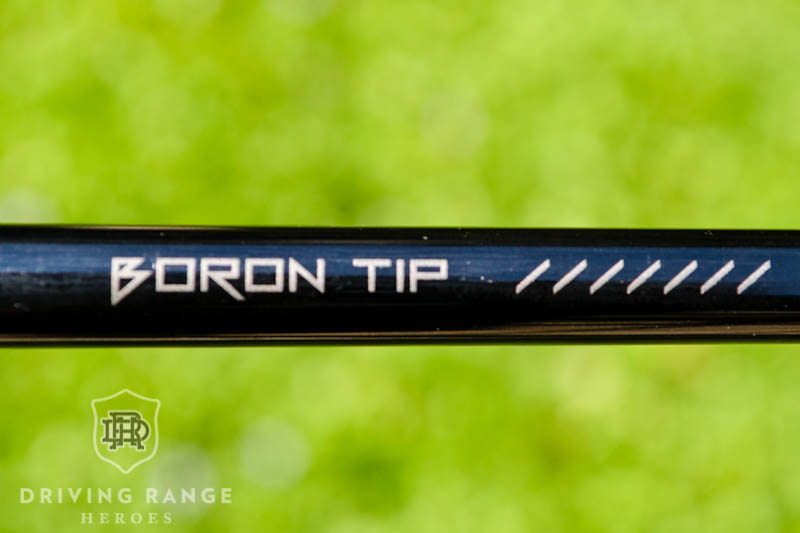
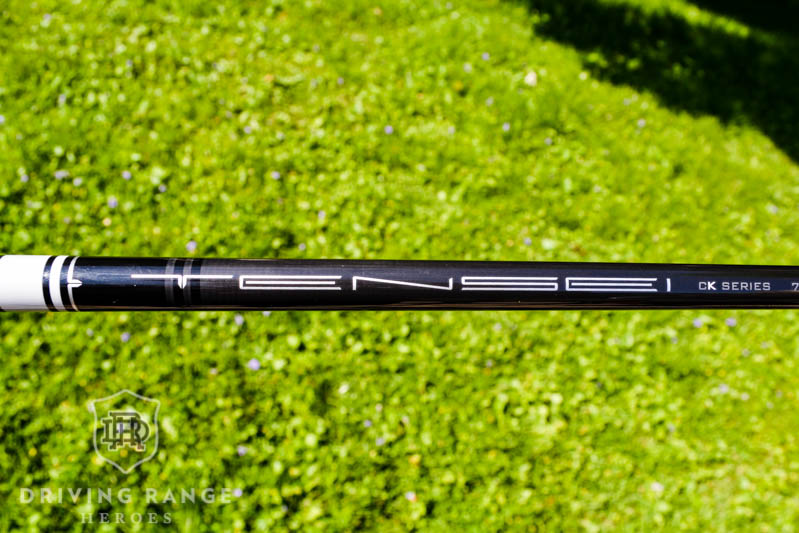
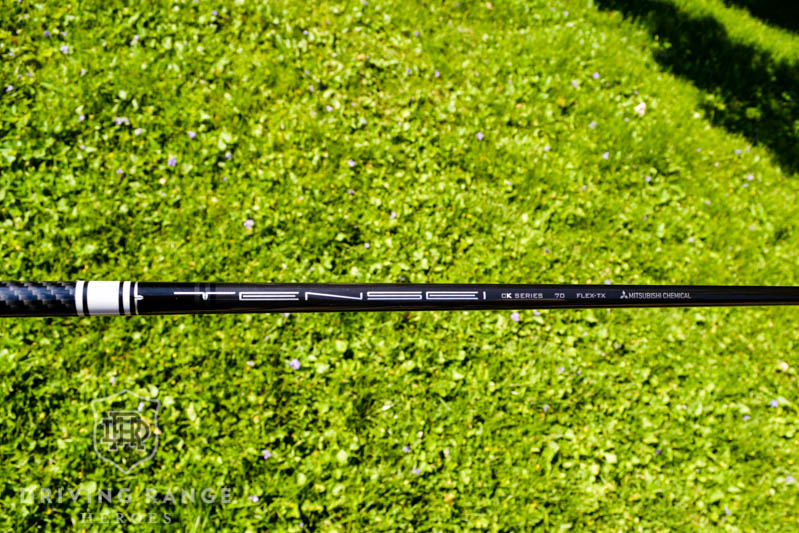

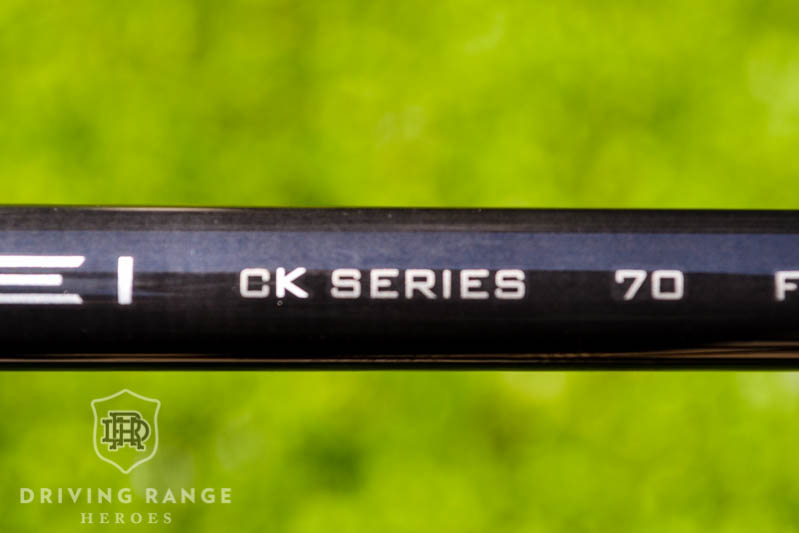
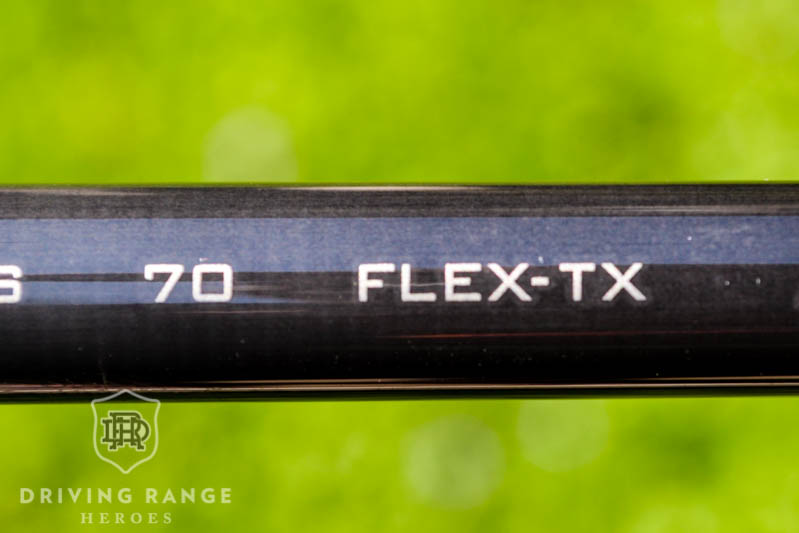
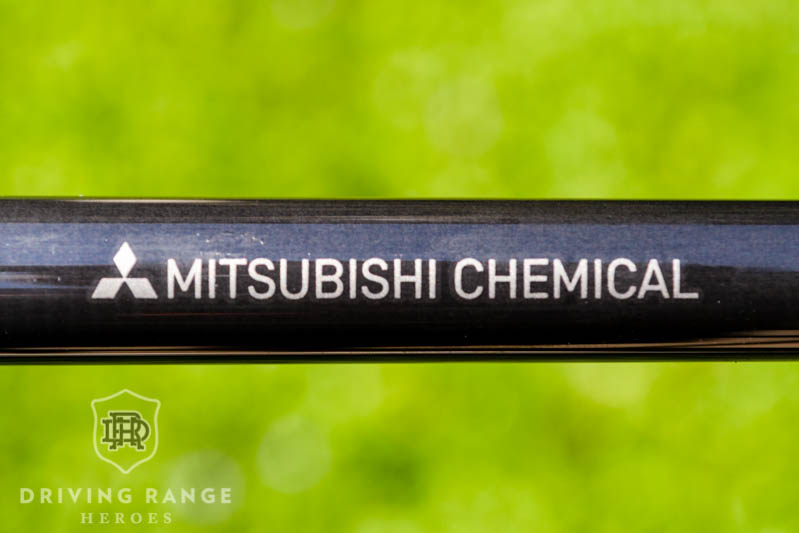
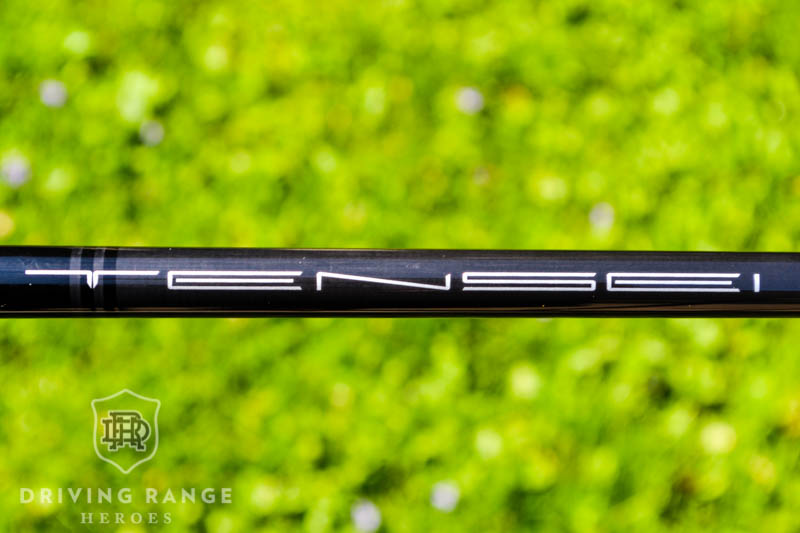


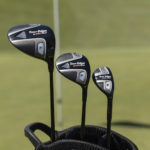

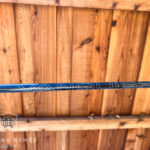












Pingback: Mitsubishi Chemical Tensei AV Blue Shaft Review | Mitsubishi Chemical America
Tommy,
Thoughts on this shaft versus Ventus Blue.
I would be playing the stiff flex.
Thank you!
Joe
Hi Joe –
Great question. I found the two to be very comparable, but it was dependent on the head I was using. I originally went with the Ventus Blue in my G400 Max as the dispersion was better with the Ventus Blue versus the Pro White. Distance was comparable.
However, when I switched to a new driver head, I actually got more distance with similar dispersion with the Pro White. I ended up cutting down the Ventus and putting it in my fairway wood, since the ventus blue launched a little higher as well. Keep in mind, the Ventus blue is on the mid launch side, versus the Pro White being a low launch. We have a review of the Ventus Blue as well.
Long story short? Both excellent choices, but if you can, hit both before making a final decision.
Thanks and good luck!
Tommy
Tommy,
My club head speed is between 119-121 MPH. I tend to have a lot of spin (2,700 rpm avg over 10 balls) on the ball. Was advised by Taylormade to use this shaft in my SIM 9.0 driver. Club Champion advised me on the Fujokura Motore F1 X7 shaft.
I swing very aggressively through the ball. Thoughts?
Justin –
I have never hit hte Fuji Motore F1 X7. With those recommendations, were both during fittings? I imagine Club Champion gave you that rec after a fitting. If so, take the numbers apples to apples and see what performs better for your game. Did you hit both shafts side by side at those fittings? Did you hit you SIM driver with both shafts during those fittings? Or different heads?
There’s a lot of variables here at play so hard to say. Would need to see numbers from both shafts to give you any sort of recommendation (and I’m not a fitter, who would be better equipped to give you a proper recommendation).
Thanks for stopping in!
Tommy
Tommy,
I messed up! I meant to ask about Tensei Pro White versus Ventus Black not the Ventus Blue. Curious to hear your thoughts about the feel and performance of these two shafts.
I will also thrown in a 3rd that I am interested in. Diamana DF.
Thanks again!
Joe
Joe –
Bill reviewed the Ventus Black here. I have not hit it personally so cannot give an accurate comp.
I also have not hit the Diamana DF. If we have hit a shaft, there’s a 95% chance there is a review of it on the site here.
Thanks,
Tommmy
I got the Tensei ck pro white tax 70 and notice the end of shaft is very thick… actually is more thick towards end and then slightly tapers at end.. is that normal?
Chris –
Depends. If I recall, when I first cut down the raw shaft to length, it was this way. Did you buy a brand new one from an authorized MCA dealer? If so, you shouldn’t have any worries. If it was already cut to length, this could be for a variety of reasons that would have to do with how it was cut, etc.
Thanks for stopping in.
Tommy
Is the pro white a big upgrade vs the raw white? Thanks
Hi Tommy,
Congrats for your site👍
Which one to choose between a Tx 60 or Tx 70 for this Tensei ck pro white? Golfer 6.1 ft tall 230 pounds. Swingspeed 105-115. Does the weight and size of the golfer matter?
Does not matter. It totally depends on your personal swing and how “fast” you can deliver the club to the ball. For instance, I swing a ~60 gram driver shaft, x-flex, with a roughly 113-115 swing speed. If I try to jump up to ~70 grams, it all falls apart for me.
Additionally, 105-115mph is a HUGE range for speed. Realistically, you more than likely average something on a much narrower range within a few MPH. And while I can’t for certain say without seeing your swing data with the actual equipment being tested, I would venture a guess that TX is too stiff for that swing speed.